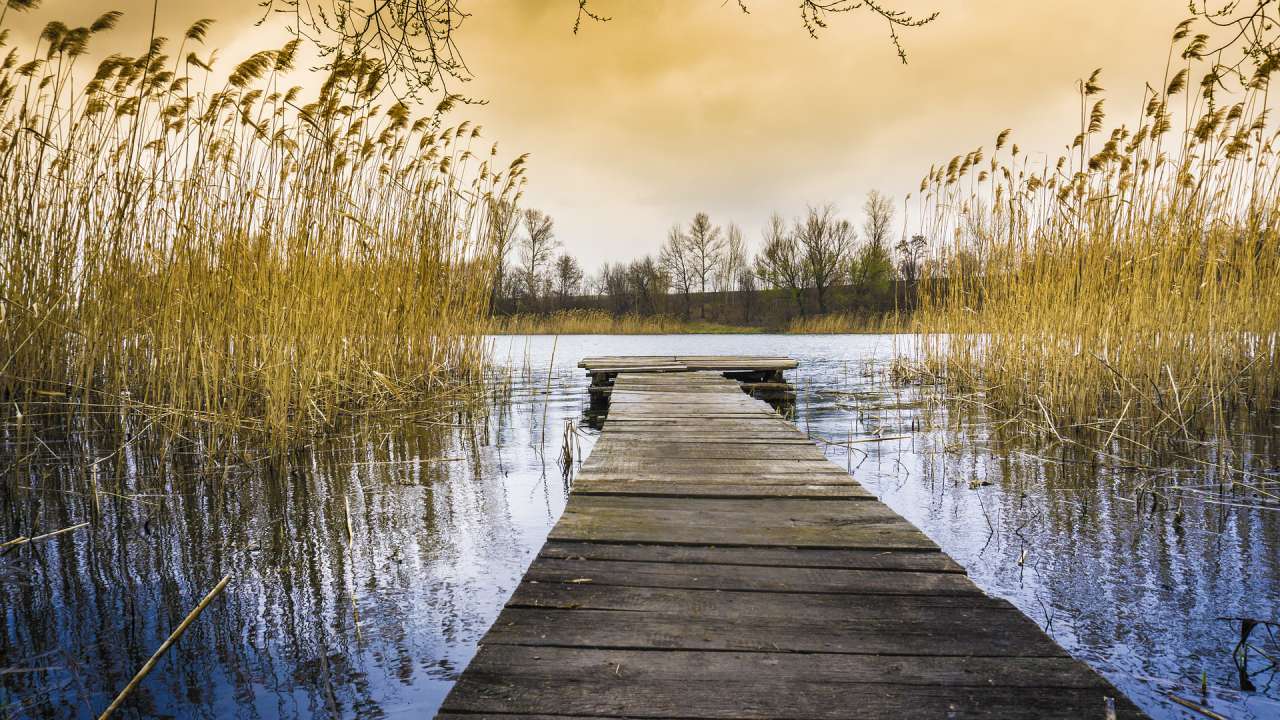Cyanobacteria are blue-green algae that grow in both fresh and salt water.
How to protect your pet from algae poisoning
According to the Washington State Department of Health (DOH), "a combination of warm temperatures, sunlight, and nutrient-rich water" can cause blue-green algae "blooms".
These plants bloom more often in summer and early autumn on the banks of reservoirs.

Most of these aquatic plants are safe, but some are toxic and can cause serious poisoning in animals and humans. For example, if a dog drinks water from a flowering pond.
Dogs can also ingest some of the algae by licking the water off their fur on the beach.
It is impossible to say for sure whether algae are toxic, so the best way to protect an animal is to be vigilant.
Make sure that your pet does not drink water from an overgrown pond. After bathing, rinse the animal with clean water.
Also, watch for water safety signs along the shores of water bodies.
If the behavior of the animal after bathing has changed, immediately contact the veterinary clinic.













